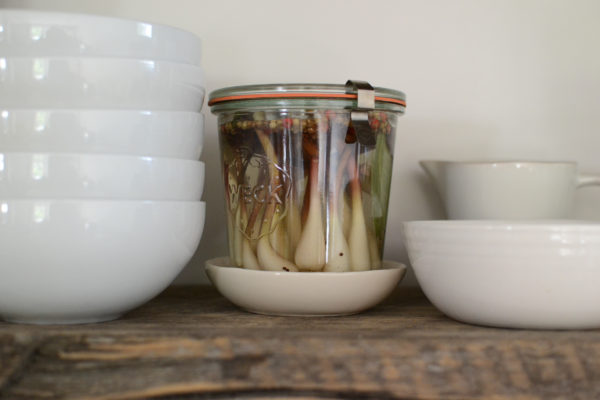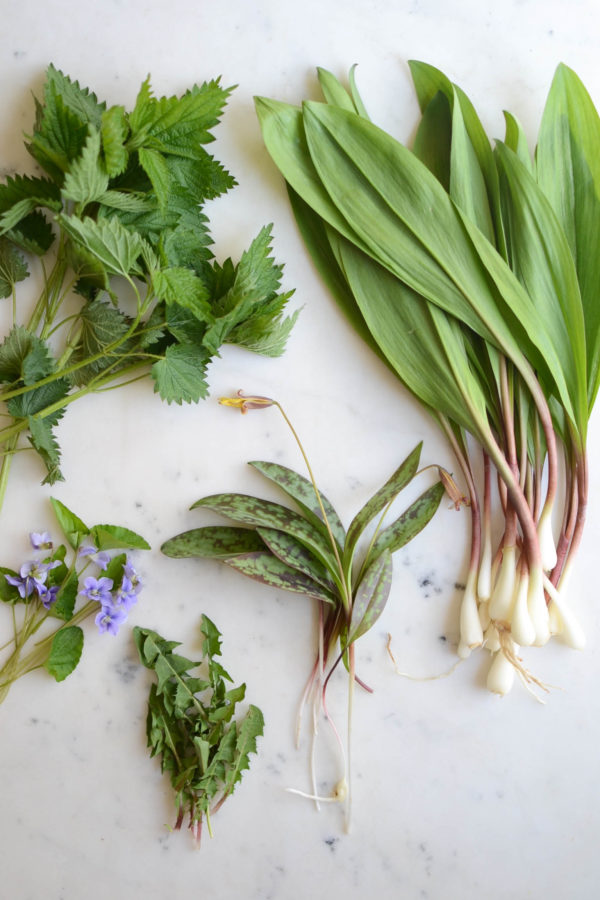-
 joyfalzone
joyfalzonehow to: lacto-fermentation
No CommentsRead moreI was turned on to wild fermentation after finding Real Pickles at my local health food store. It always seemed a little intimidating to do it at home but a few years ago I tried & it couldn’t be easier! Lacto fermentation (or wild fermentation) refers to the process of using the natural lactic acid found on the surface of vegetables to break down the sugars which produces healthful bacteria for our microbiome & in some cases increases the bioavailability of vitamins & minerals in the vegetable!
00 -
 joyfalzone
joyfalzonewild foods are super foods
No CommentsRead moreDid you know edible wild plants and perennials are the most nutrient dense foods you can eat? Think about it, they have to survive on their own, their seeds have to last through harsh winters, there are no humans tenderly giving them compost or picking pests from their leaves, and watering them if there’s a dry spell. They produce natural chemicals to fight off disease, ward off predators and heal themselves. It’s survival of the fittest. Most modern plants have been bred for texture and flavor and in the process have lost a lot of their nutrient content. Wild plants have more micronutrients and phytochemicals than anything you can buy in a grocery store. Not only that, the fruit and vegetables in the supermarket often travel across oceans to reach us and are weeks old before they enter our mouths. If you pick your own food, you can eat it within minutes or hours within picking it! We know from hunter-gatherers like the Hadza people in Africa that they have much more diversity in their gut microbiota, which is closely linked to lower risk of disease.
-
 joyfalzone
joyfalzonemy beef with paleo
No CommentsRead moreYes, I went there! Uber popular fad Paleo diet as well as Whole30 have been going strong for years now. Those of you who have been following me for awhile may remember my post last year where I discussed reasons I do not promote the Paleo diet or Whole30. Today I am discussing this topic again and more in depth. I’m breaking it down into five categories to make it a little easier to understand for the average reader and dieter. In writing this, I am going to assume most of the readers are well versed in the Paleo and Whole30 (a stricter version of Paleo) protocols in effort to make an already long post shorter. These same five points also apply to the popular and incredibly dangerous Ketogenic diet.
Posts tagged with ‘microbiome’
hello wholefoods > microbiome
